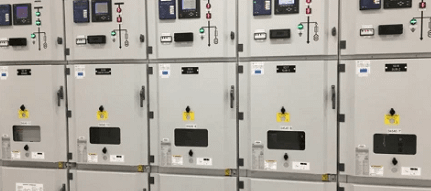PARTIAL DISCHARGE CABLE TESTING AND MONITORING
Uncovering the Power of Partial Discharge Cable Testing
Partial Discharge (PD) is one of the most important indicators of the condition of a power cable. If not detected and resolved early, PD can result in insulation deterioration, leading to failures in power cables.
This is why partial discharge cable testing and monitoring is a crucial aspect of cable testing and maintenance. In this process, cable insulation is continuously monitored, and PD activity is detected early to mitigate the risks of failure. By utilizing this testing and monitoring method, it is possible to detect the onset of PD and address it before it becomes a more significant issue.
Therefore, PD cable testing and monitoring has become a common practice in the cable industry, as it reduces the likelihood of cable failure and enhances the reliability of power distribution systems.
Medium Voltage Cables
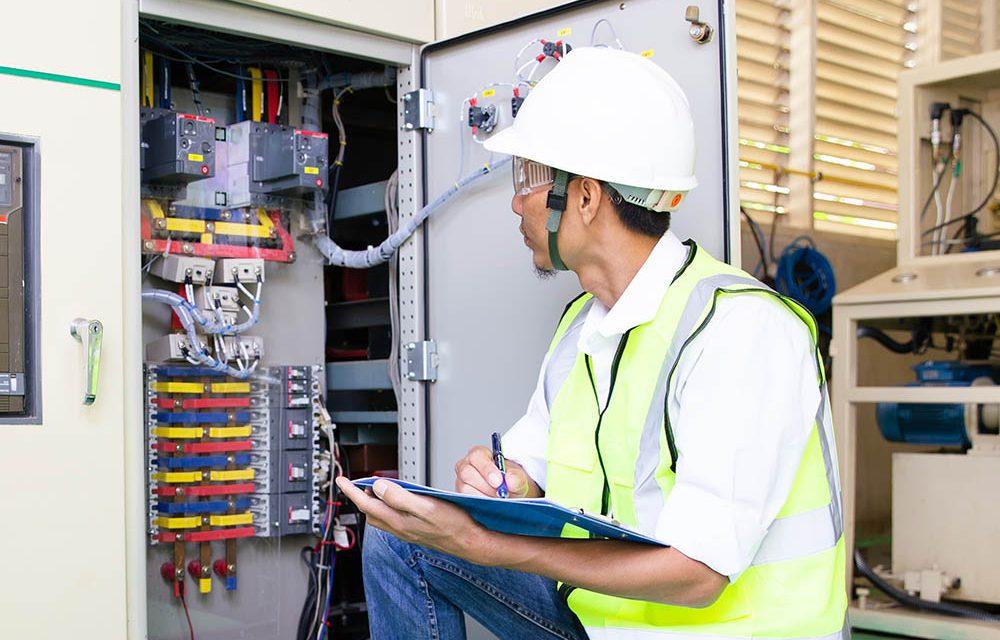
Medium Voltage (MV) Cables
Medium voltage (MV) cables are critical components in power distribution systems and their integrity is paramount for ensuring reliable power delivery.
Unlike other distribution components such as switchgear and transformers, medium voltage cable installation is much more demanding and because of this, field acceptance testing is critical to ensuring the cables will provide reliable power for decades.
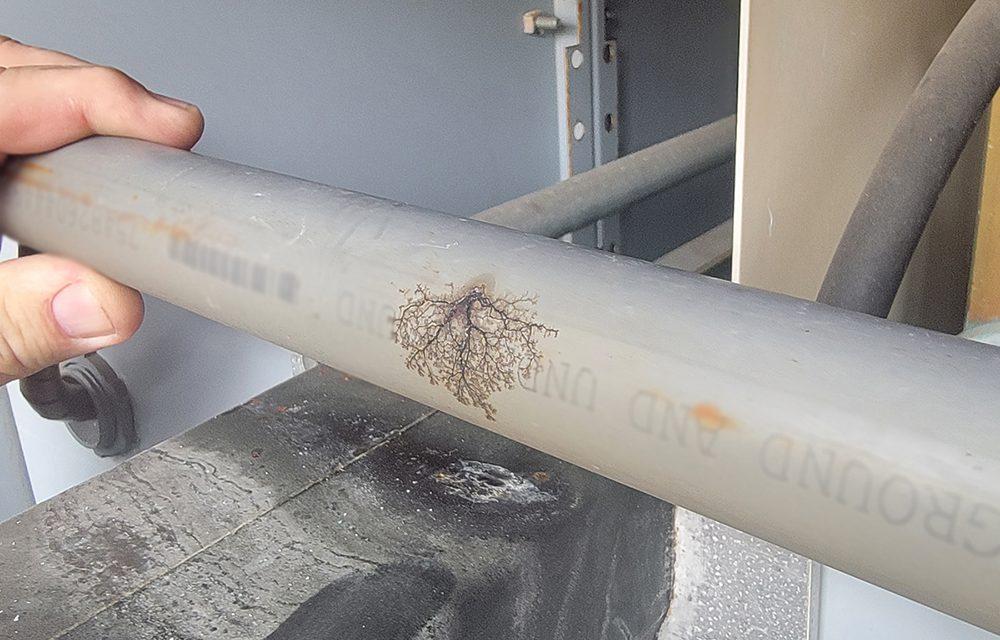
Why MV Cables Fail
100% of every MV cable reel produced in the U.S. by cable manufacturing factories is tested for partial discharge activity as part of the required quality assurance process.
Factories use PD testing because this test is by far the best method for detecting cable flaws and the PD test has evolved into specification standards to ensure no defects are present in the final product.
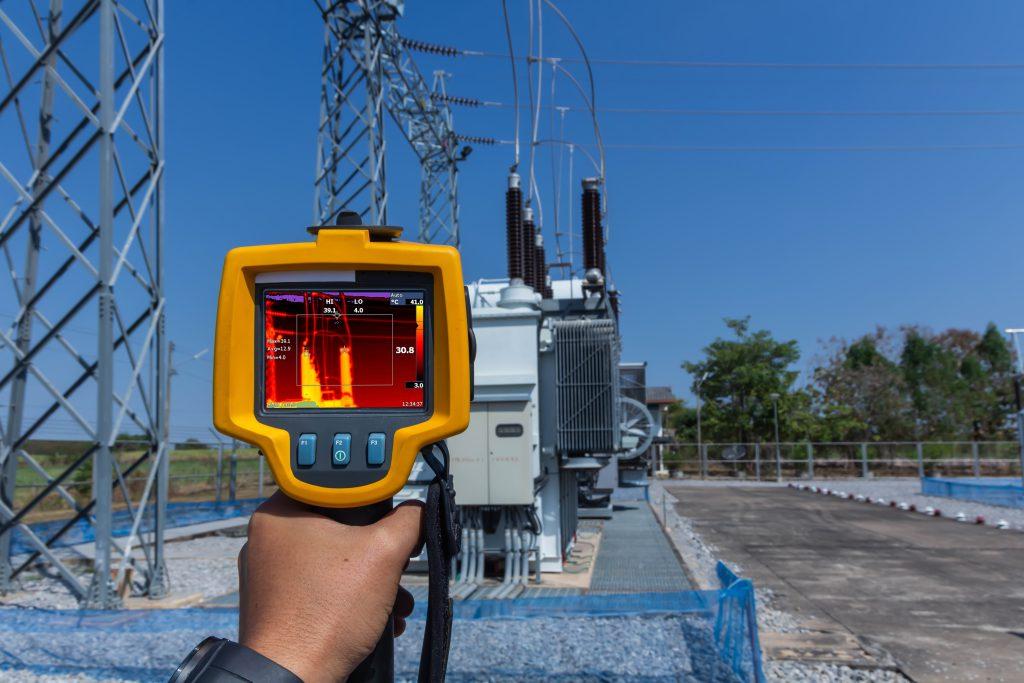
The Highest ROI Maintenance Techniques to Maximize the Reliability of Your Utility-Scale Solar Investment
Prevent unexpected outages. Avoid costly equipment damage. Increase reliability. These Maintenance Techniques Can Yield a ROI of Over 20X!
Get a Quote for Cable Testing Services
Partial Discharge
Partial Discharge (PD) is a small spark that “partially” bridges the insulation between two electrodes. Essentially, at medium voltage levels the electrical field stress is much greater than at lower voltages and any compromise in the electrical field that is sufficient to initiate discharge will lead to future failure as the high-energy spark creates a path from the conductor to the ground where complete failure ensues.
Why is MV Cable Insulation Testing So Important?
What Field Tests Are Performed on MV Cables?
Originally, testing was simple and consisted of overstressing the cable using AC test sources. If it doesn’t fail at 2x operating voltage or some other multiple, the insulation should be acceptable for service. This thinking seemed logical but had several flaws.
Unlike other components, cables are highly capacitive due to their length and an ac source large enough to overcome this capacitance was too impractical for field use thus DC testing was adopted.
Medium Voltage Cable Testing Methods
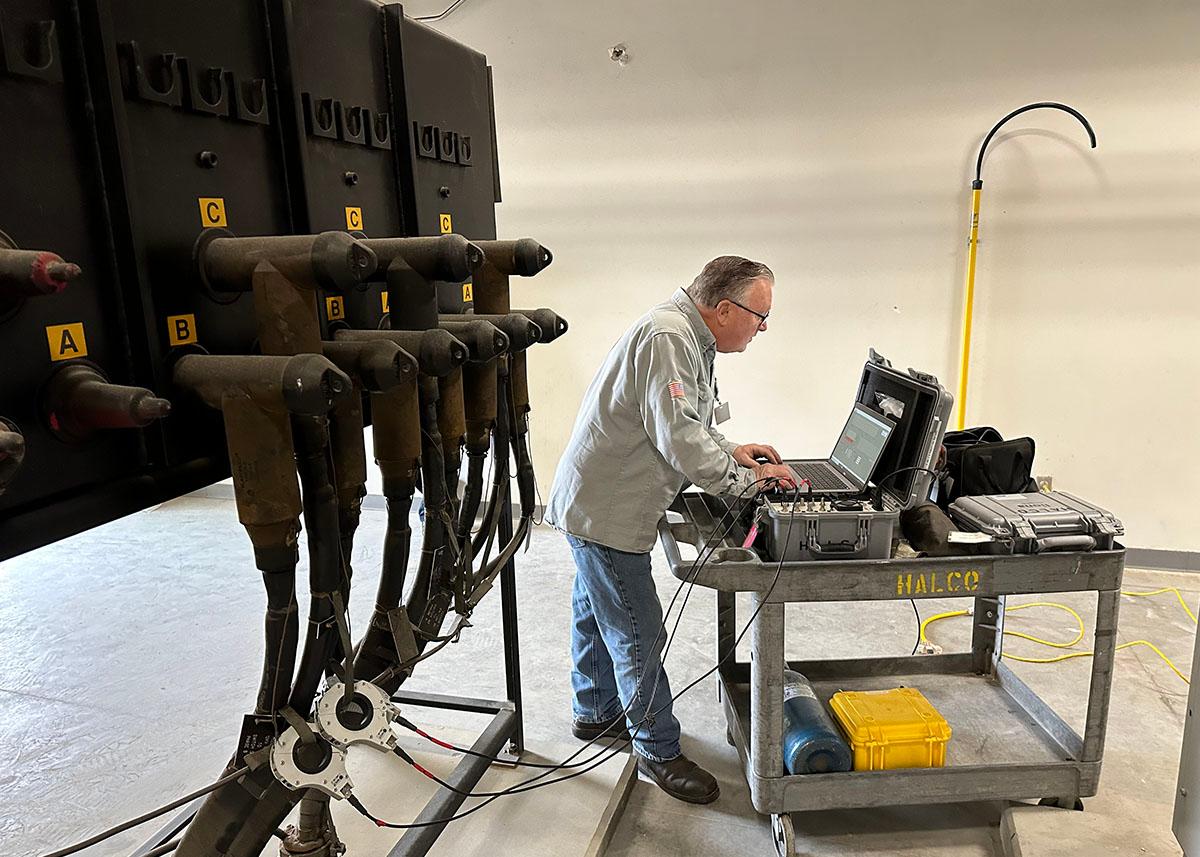
DC Hypot Testing
The DC Hypot test, which was widely used as an acceptance testing standard for many years and is still utilized today, was known for its portability. However, as more advanced testing methods were developed, it became apparent that the DC Hypot test could only identify major defects, lacking the capability to detect finer issues.
Moreover, it was discovered that this type of testing actually reduced the lifespan of “service aged” cables due to the polarization of water trees that develop over time, often leading to failures in older cables. As a result, alternative testing methods have proven to be more effective and reliable in ensuring the longevity and performance of cables.

Very Low Frequency (VLF) Testing
In the search for a more reliable and less damaging test method, Very Low Frequency (VLF) testing emerged as a solution. The VLF test offered several advantages over the DC test, as it did not damage water-treed cables and the operating frequency of 0.1 Hz allowed for much smaller test equipment compared to a 60 Hz set.
However, it is important to note that VLF testing is still an overpotential go/no-go test, meaning it can only determine if the cable fails or not, without providing further insight into its actual condition. Additionally, this test method does not effectively detect partial discharge, which is a primary cause of new cable failures. While VLF testing provided improvements, a comprehensive evaluation of cable condition requires additional assessment methods.
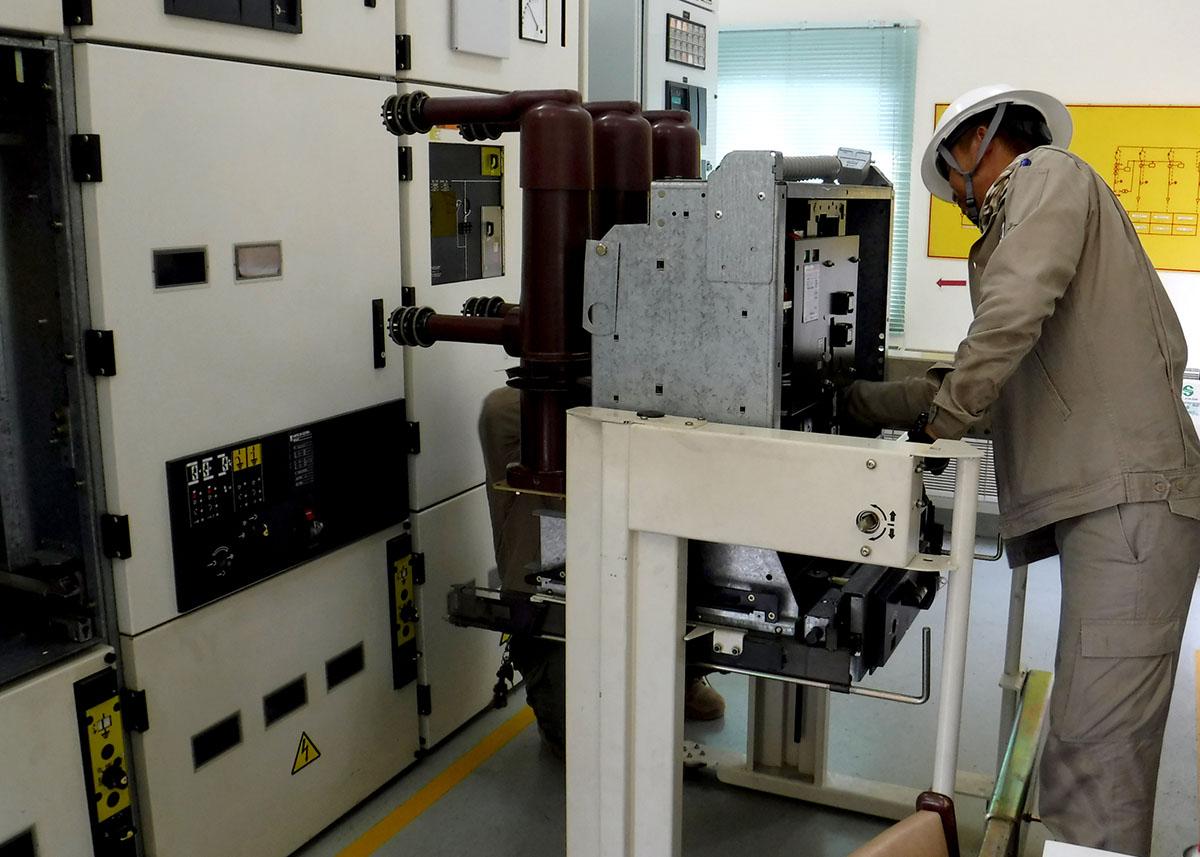
Tan-Delta Testing
An advancement in testing methods from VLF testing was the introduction of VLF Tan-Delta testing. This test utilizes a VLF source and measurement components to calculate the “loss angle” or the conductive component of the insulation. As this conduction is primarily caused by water-treeing, Tan-Delta testing became a reliable method for evaluating the condition of service-aged cables.
However, it should be noted that this testing method is not particularly useful for determining the condition of new cables. Nevertheless, Tan-Delta testing proved to be an effective tool for assessing the condition of cables that have been in service for some time.
Partial Discharge Testing
Therefore, Partial Discharge (PD) test methods were developed for field cable assessment. Their unparalleled ability to accurately assess cable health makes PD Testing the undisputed champion among cable test methods. Since a true 60Hz test set was too physically large for field use, other technologies were developed to reproduce the 60Hz voltage “rise time” or “slope” and thus accurately replicate actual factory PD test results.
The two field test voltage sources that were found to accomplish these goals are known as Damped AC (DAC) and Cosine Rectangular.
Typical VLF sources can be used to perform PD testing but this equipment produces 0.1Hz sinusoidal voltages with rise times much too slow to reproduce factory 60Hz results and do not to replicate factory 60Hz test results.
However, partial discharge testing using DAC or Cosine Rectangular sources do not have this issue due to their much faster rise time are by far the best test for assessment of new cable installations.
One Stop for All Your Cable Testing Needs
With our expertise in power systems electrical testing and transformer services, we provide comprehensive and reliable services, contact resapower.com, or call (800) 576-RESA, for immediate assistance.
Get a Quote for Cable Testing Services
Learn More About RESA Power Services

Service
Electrical Testing & Diagnostics Maintenance & Repair Acceptance Testing Engineering Studies
Learn More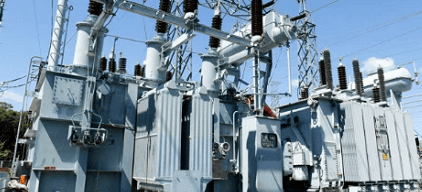
Transformers
Maintenance & Assembly Coil Rewinding Oil Testing Services New & Used Transformer Sales
Learn More
Components
Broad Inventory of Electrical Equipment & Components Including Older Vintage & Hard-to-Find
Learn MoreOUR US AND CANADIAN LOCATIONS
RESA Power has more than 40 service locations across the United States and Canada, including a transformer oil testing laboratory and specialty distribution centers to ensure our customers’ critical power systems are safe, reliable, and operating at peak efficiency. Click on the service center nearest to you for more information.








